The surf breaks at the base of Battleship Bow



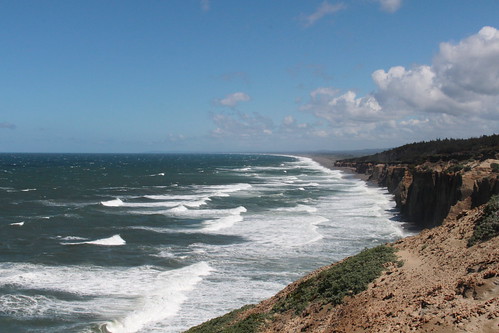
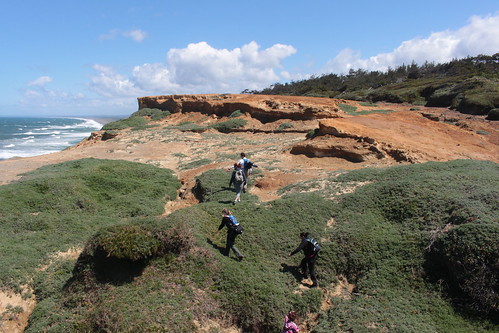
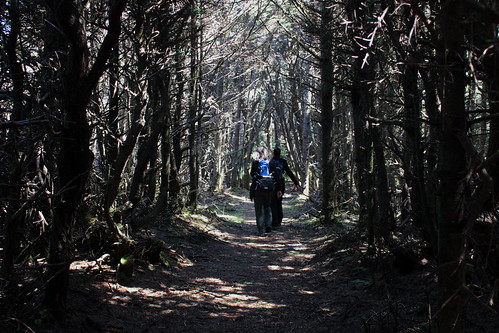
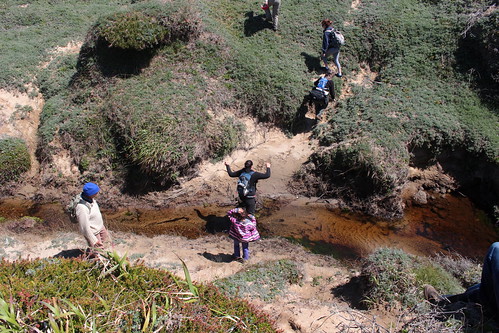
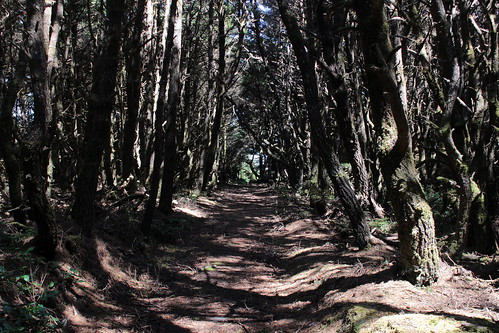
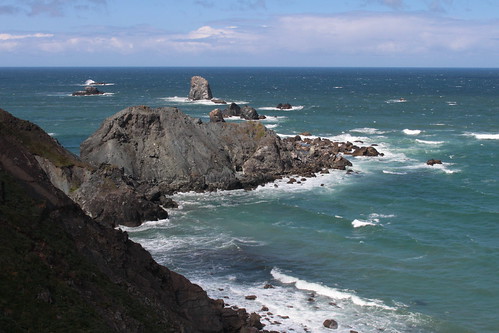
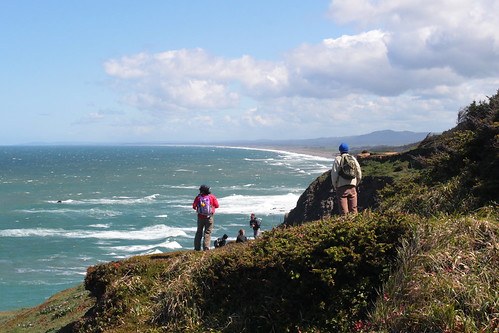



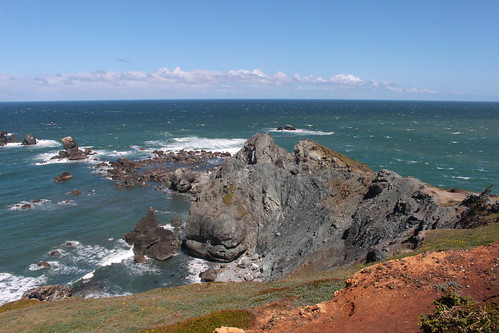



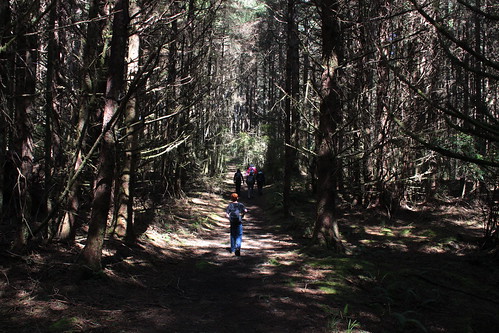

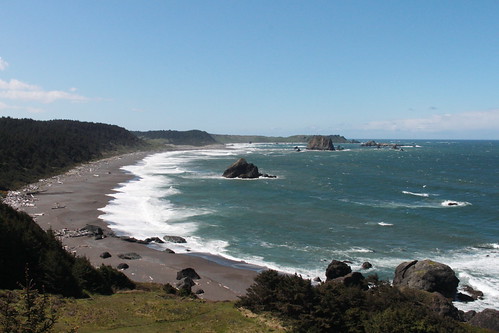

| S | M | T | W | T | F | S |
|---|---|---|---|---|---|---|
|
|
|
2 |
|
4 |
5 |
6 |
|
7 |
8 |
9 |
|
|
12 |
13 |
|
14 |
15 |
16 |
|
18 |
19 |
|
|
21 |
22 |
23 |
|
|
26 |
27 |
|
28 |
29 |
30 |
|
|
|
|
Select the newsletter(s) to which you want to subscribe or unsubscribe.